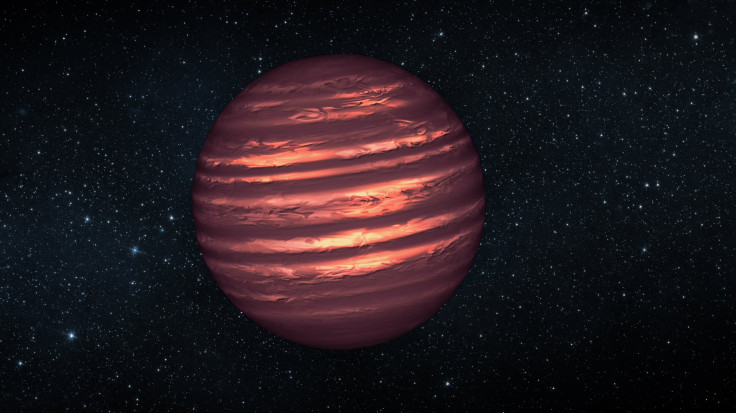Citizen Scientists Helped Discover 95 Brown Dwarfs. You Can Too

KEY POINTS
- Citizen scientists helped discover 95 cool brown dwarf stars in our cosmic backyard
- The new brown dwarfs are much cooler than others
- It is the largest published sample of objects discovered through a citizen science project
- 20 citizen scientists from 10 countries are listed as co-authors of the study
Citizen scientists helped discover nearly 100 cool brown stars close to the Sun. And now those who wish to be involved in the search for new worlds have the chance to do so in the ongoing NASA project.
Brown dwarfs are mysterious objects with a size between that of a small star and a giant planet such as Jupiter. Because of their odd size, they are much heavier than most planets but, are still not big enough to power themselves like stars. This is why many scientists have dubbed brown dwarfs as "failed stars."
In a new study published in The Astrophysical Journal, a team composed of professional and citizen scientists described their discovery of 95 brown dwarfs, many of which are within our cosmic neighborhood, just a few dozen light-years from the Sun.
What's even more interesting is that many of these newly discovered brown dwarfs in our cosmic backyard are actually quite cool. Typically, brown dwarfs can be extremely hot, with temperatures reaching thousands of degrees. But several of the brown dwarfs discovered through the project are actually among the coolest known, with some having temperatures colder than the boiling point of water and, even close to the temperature of Earth.
This makes them excellent targets for future missions and state-of-the-art telescopes such as the James Webb Space Telescope, which is set to be launched in October 2021.
"These cool worlds offer the opportunity for new insights into the formation and atmospheres of planets beyond the Solar System," study lead and assistant scientist at National Science Foundation's (NSF) NOIRLab, Aaron Meisner, said in a news release from the facility. "This collection of cool brown dwarfs also allows us to accurately estimate the number of free-floating worlds roaming interstellar space near the Sun."
The feat was completed through the NASA-funded citizen science project called Backyard Worlds: Planet 9, wherein professionals and volunteers collaborate to scour through the data from NASA's Near-Earth Object Wide-Field Infrared Survey Explorer (NEOWISE), WISE, the retired Spitzer Space Telescope and NOIRLab facilities.
"Vast modern datasets can unlock landmark discoveries, and it's exciting that these could be spotted first by citizen scientists," Meisner said in a NASA news release. "These Backyard Worlds discoveries show that members of the public can play an important role in reshaping our scientific understanding of our solar neighborhood."
The Backyard Worlds network of tens of thousands of citizen scientist volunteers have already discovered more than 1,500 cold worlds close to the Sun and, the current study merely represents 95 of the coldest, which is said to be a record for any citizen science program.
"It's awesome to know that our discoveries are now counted among the Sun's neighbors and will be targets of further research," citizen scientist and study co-author, Jim Walla, said in a NOIRLab news release.
In total, 20 citizen scientists from 10 different countries are listed as co-authors in the study.
"Being that this will be the first scientific paper that I'm a coauthor on, its publication will definitely be the highlight of working with Backyard Worlds so far," another citizen scientist study co-author, Les Hamlet of Springfield, Mo., said in a NASA news release.
Those who want to participate in Backyard Worlds: Planet 9 can check out the project at backyardworlds.org.
© Copyright IBTimes 2025. All rights reserved.






















